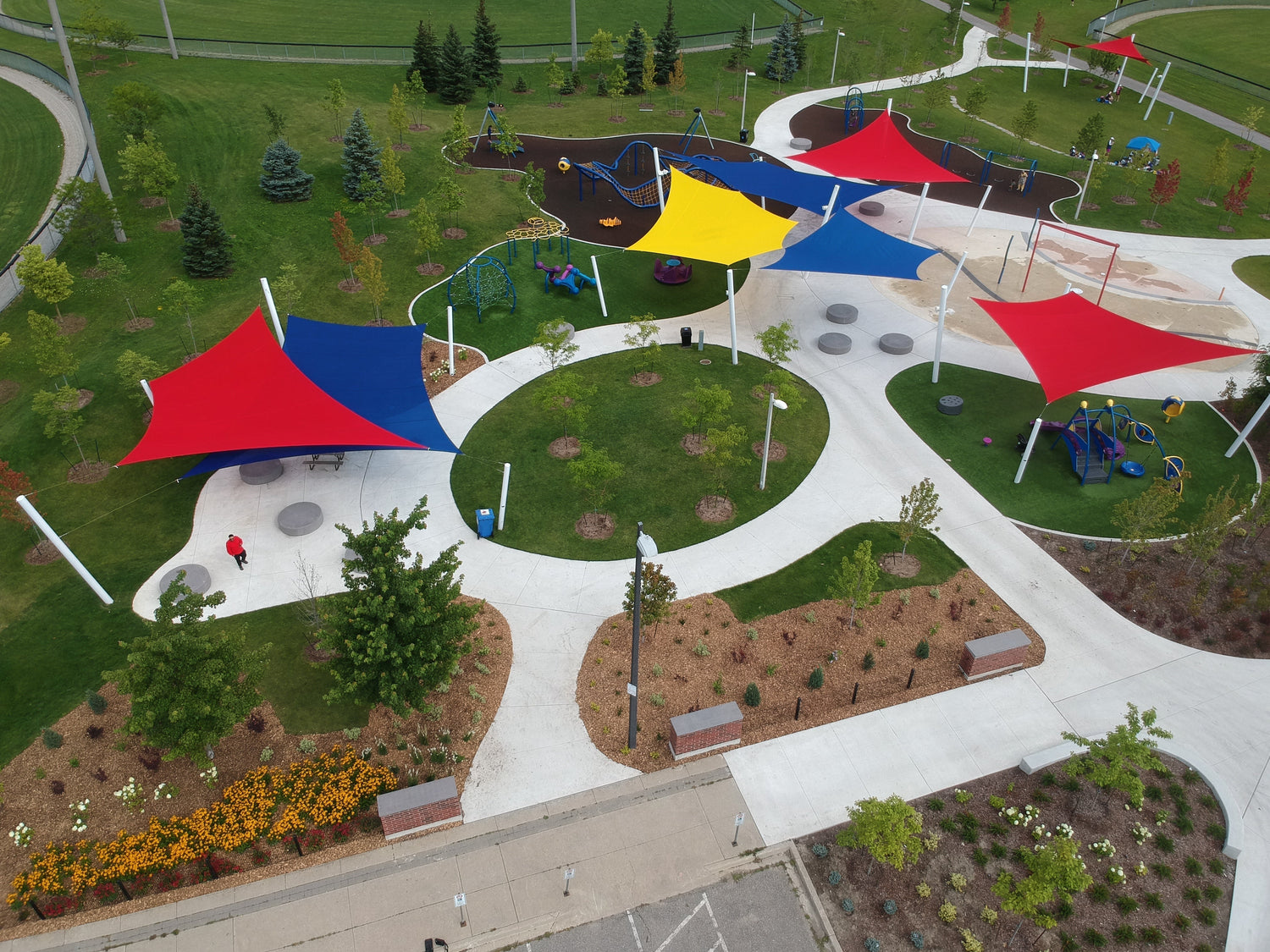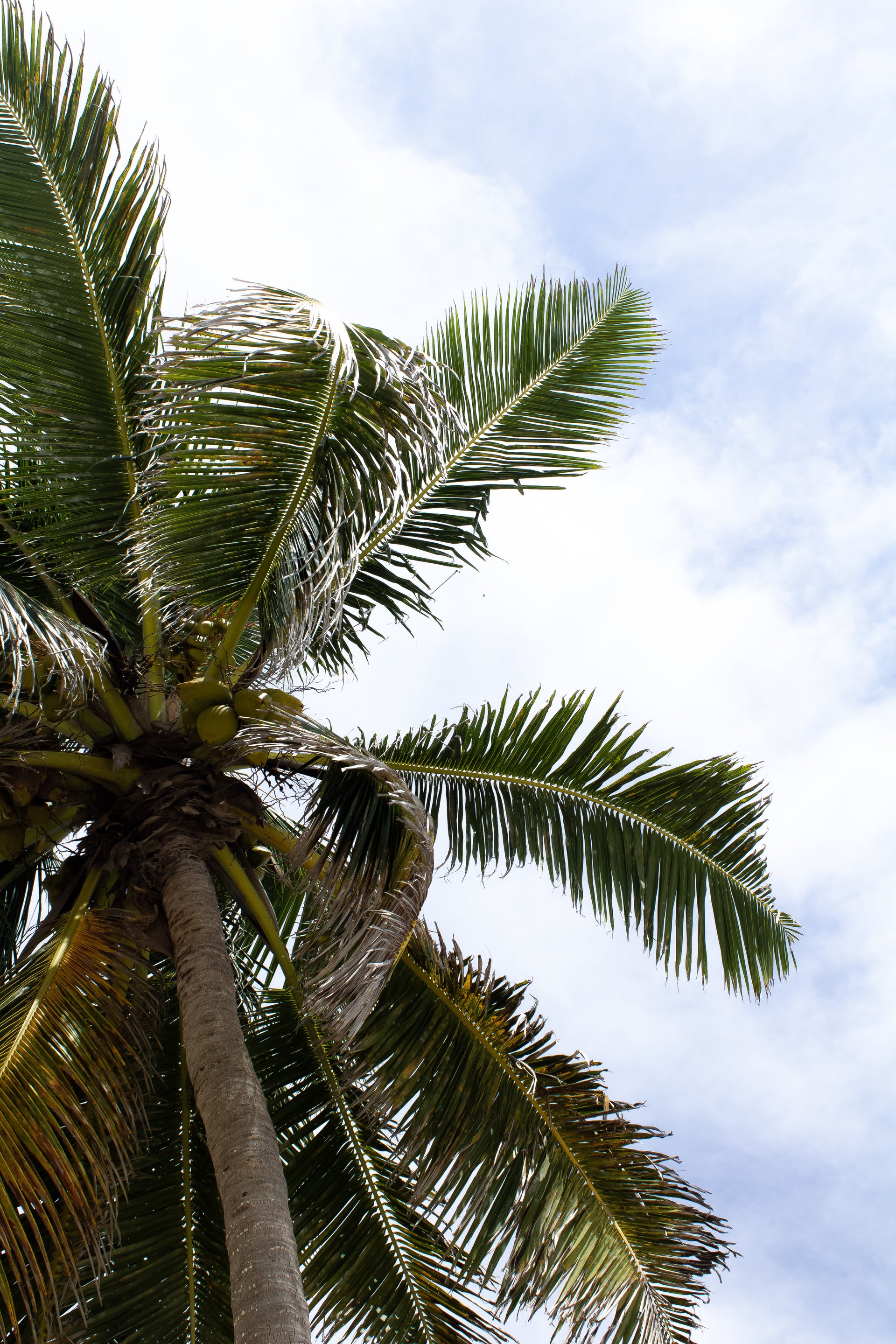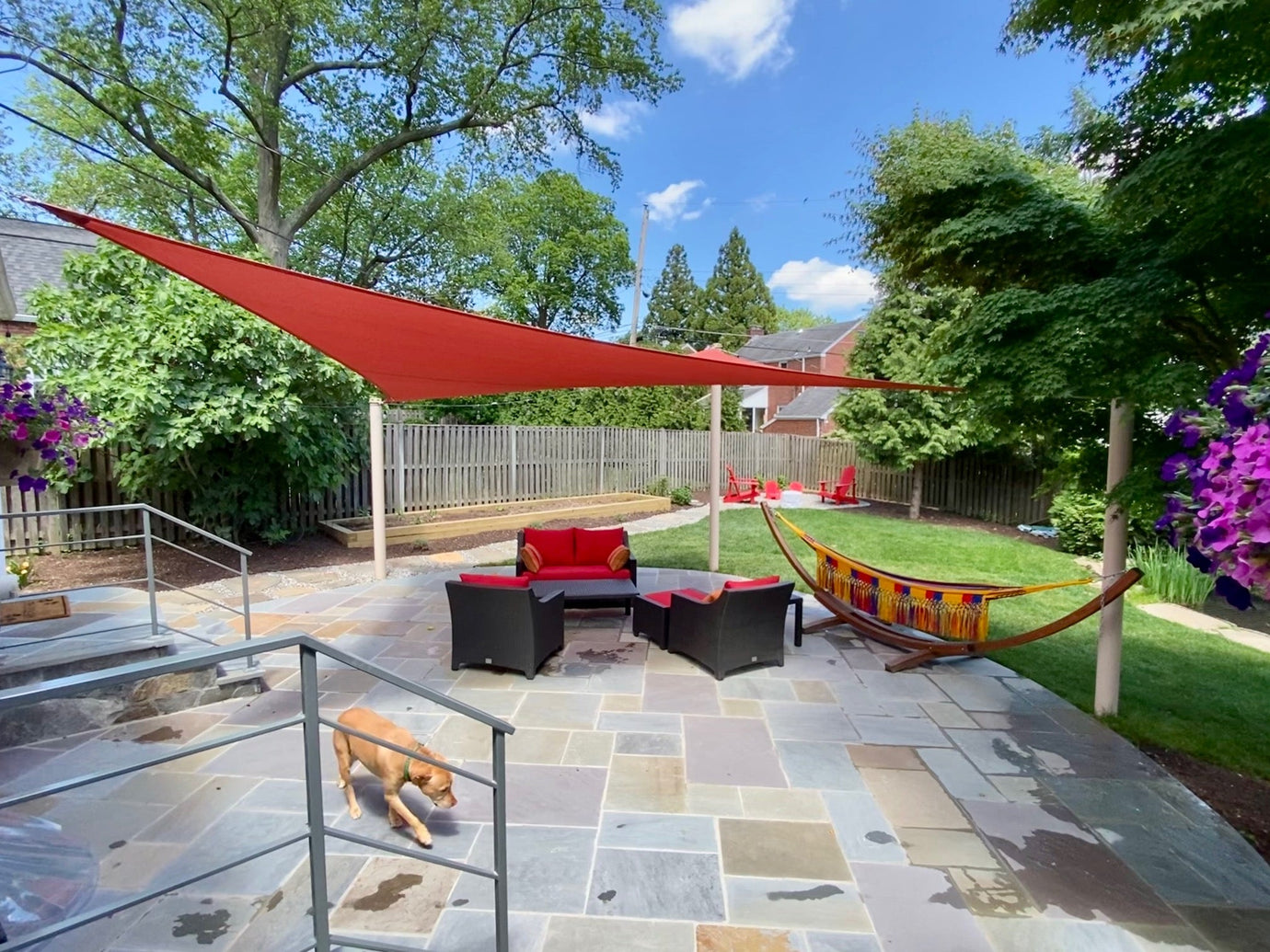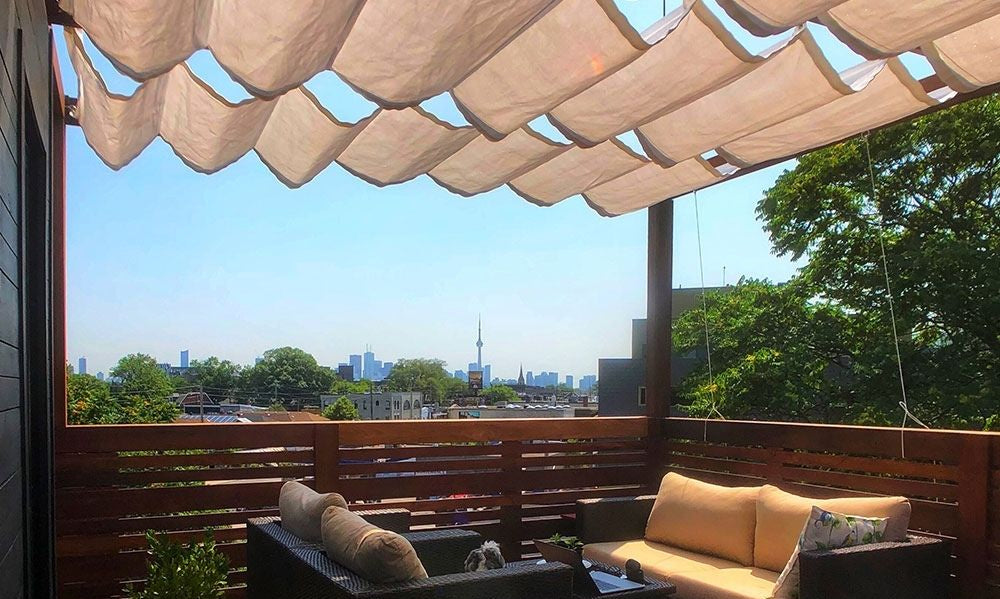Our YouTube channel includes detailed installation guides, frequently asked questions, product overviews and lots more. We are always open to content ideas so please let us know if there is a topic you would like us to cover.
Custom Shade Structures for Schools: Safe Outdoor Learning Spaces

In today’s evolving educational environments, schools are looking beyond the classroom to create dynamic outdoor learning and play areas. A key component in making these spaces both functional and safe is the integration of shade structures for schools. These structures not only offer protection from harmful UV rays but also help enhance the usability of outdoor spaces, allowing students and staff to comfortably learn, socialize, and relax throughout the school year.
Why Shade Structures Matter in Schools
With longer and hotter summers becoming more common, schools need outdoor solutions that provide relief from the sun without sacrificing style or space. Shade structures help maintain cooler environments, reduce glare, and offer flexible shelter options for a variety of uses—from recess and outdoor classes to parent pick-up zones.
They also support health and safety by limiting direct sun exposure, which contributes to better student well-being and overall engagement in outdoor activities.

Key Considerations When Choosing Shade Structures
When planning shade solutions, schools should evaluate the following:
-
Material and Durability
Options like HDPE fabric, galvanized steel, or aluminum are long-lasting and weather-resistant, requiring minimal upkeep. -
Design and Purpose
Larger areas like playgrounds may benefit from canopies or sail shades, while smaller spaces like reading nooks are ideal for pergolas or umbrellas. -
Safety and Compliance
Structures must meet local safety codes and be securely anchored, especially in areas with high winds or snow. -
Customization
Custom colors and styles can help match existing school architecture and create a cohesive aesthetic.
Practical Benefits of Shade Structures for Schools
Well-designed shade solutions go beyond comfort—they’re a strategic investment in student health and the school’s overall learning environment.
-
UV Protection and Health
These structures provide vital coverage, reducing the risk of skin cancer and heat-related illnesses among students and staff. -
Extended Use of Outdoor Areas
Shaded areas encourage outdoor use throughout spring, summer, and fall—even during light rain or high heat. -
Flexible Learning Spaces
Outdoor classrooms with proper shade can boost focus, creativity, and interaction with nature. -
Community Value
School shade structures can double as event spaces, supporting after-hours use by the community.
FAQ: Shade Structures for Schools
What types of shade structures work best for schools?
Popular options include sail shades, canopies, pergolas, and umbrellas. Each serves different purposes—from covering playgrounds to creating cozy reading corners.

Are shade structures expensive to maintain?
Most are designed with durable materials that resist fading, tearing, or rusting, making long-term maintenance minimal.
Can shade structures be customized for a school’s design?
Yes! Many companies offer custom solutions to match your school’s branding, color palette, or architectural style.
How do these structures improve student well-being?
They reduce UV exposure, prevent overheating, and promote outdoor activity—all contributing to healthier, more engaged students.
Conclusion
From playgrounds to outdoor classrooms, shade structures for schools are more than a nice-to-have—they’re an essential part of safe, effective, and inclusive learning environments. By carefully choosing the right materials and designs, schools can create shaded spaces that protect students, inspire learning, and enhance the usability of outdoor spaces for years to come.



